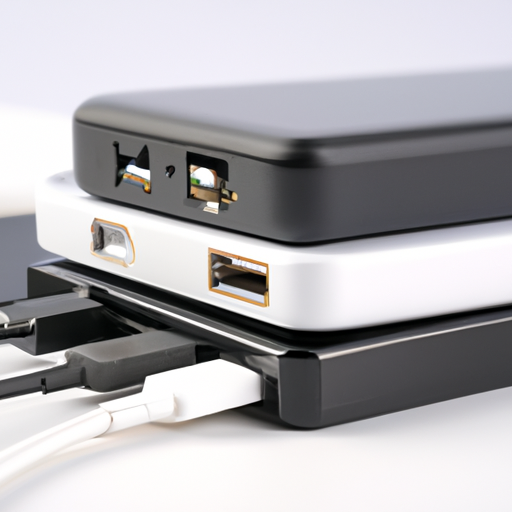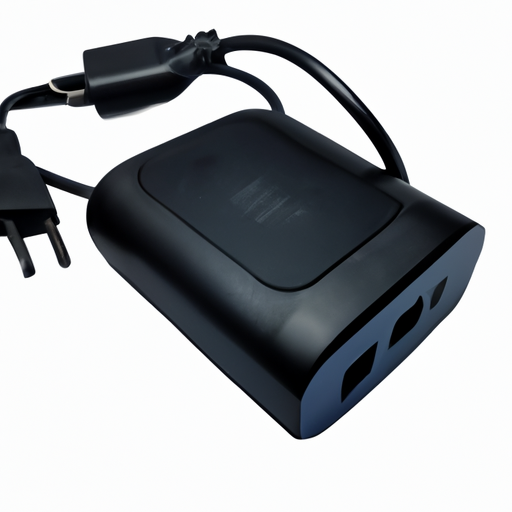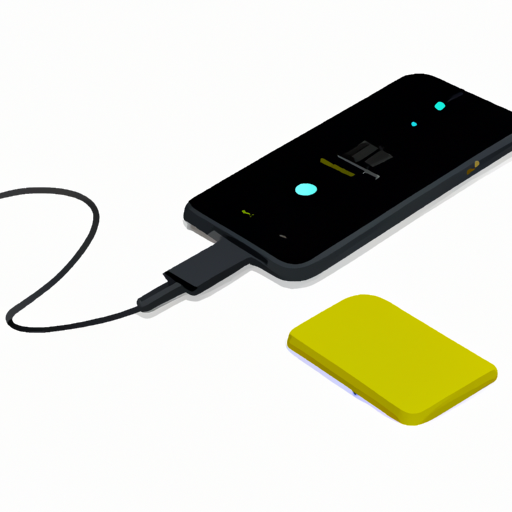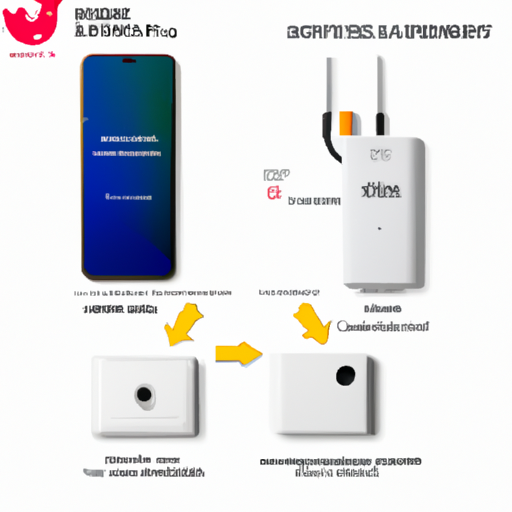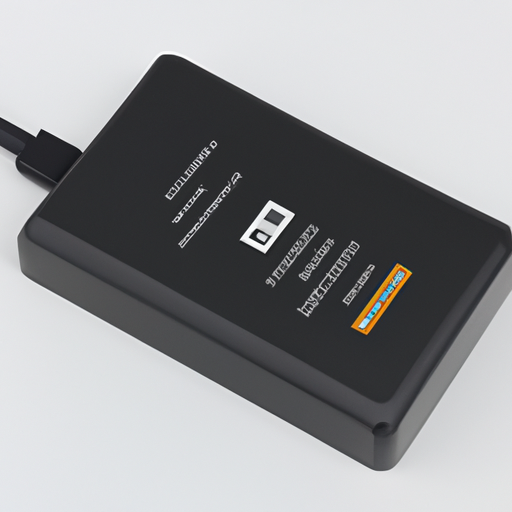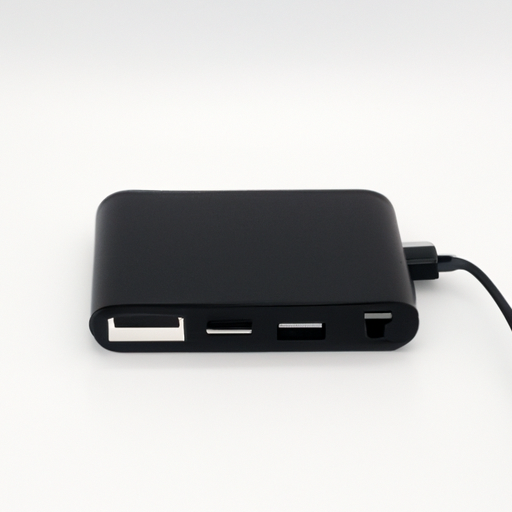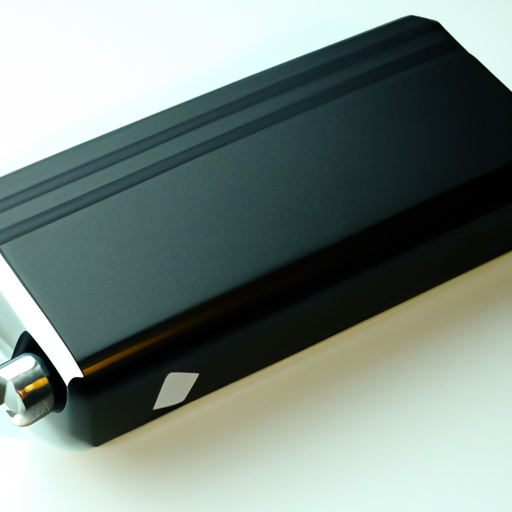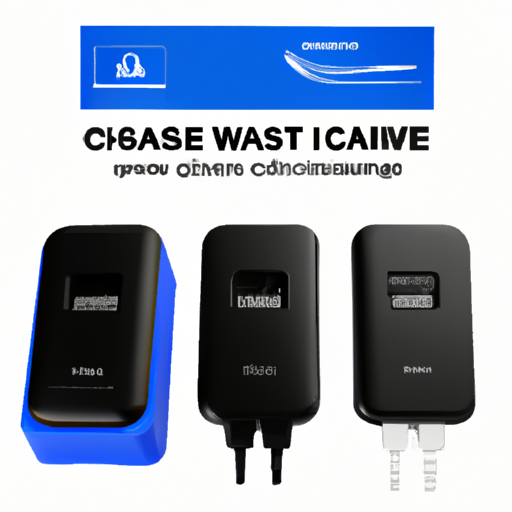What Types of Common Mobile Power Supplies Support Fast Charging?
I. Introduction
In our fast-paced digital world, the demand for quick and efficient charging solutions has never been higher. Fast charging has emerged as a crucial feature for modern mobile devices, allowing users to power up their smartphones, tablets, and other gadgets in a fraction of the time it traditionally takes. But what exactly is fast charging, and why is it so important? This article aims to explore the various types of mobile power supplies that support fast charging, the technologies behind them, and what to consider when choosing the right solution for your needs.
II. Understanding Fast Charging Technology
A. Explanation of How Fast Charging Works
Fast charging is a technology that enables devices to charge at a significantly higher rate than standard charging methods. This is achieved by increasing the voltage and current supplied to the device. For instance, while a standard charger might output 5V at 1A (5W), a fast charger can deliver 9V at 2A (18W) or even higher, depending on the technology used.
1. Voltage and Current Relationship
The relationship between voltage and current is fundamental to understanding fast charging. By increasing the voltage, the power (measured in watts) delivered to the device also increases, allowing for quicker charging times. This is particularly beneficial for users who are always on the go and need to recharge their devices quickly.
2. Power Delivery (PD) and Quick Charge (QC) Technologies
Two of the most prominent fast charging technologies are USB Power Delivery (PD) and Qualcomm Quick Charge (QC). USB PD is a universal standard that allows for higher power levels and faster charging across a wide range of devices. On the other hand, QC is a proprietary technology developed by Qualcomm, designed specifically for devices powered by Qualcomm processors.
B. Benefits of Fast Charging
1. Time Efficiency
The most significant advantage of fast charging is the time saved. Users can get several hours of battery life from just a short charging session, making it ideal for busy lifestyles.
2. Convenience for Users
Fast charging also enhances convenience. Whether you’re at home, in the office, or on the road, having the ability to quickly recharge your device means you can stay connected without long interruptions.
III. Types of Mobile Power Supplies
A. Wall Chargers
1. Standard Wall Chargers
Standard wall chargers typically provide a basic charging experience, often limited to 5W output. While they are sufficient for many devices, they do not support fast charging.
2. Fast Charging Wall Chargers
Fast charging wall chargers are designed to deliver higher power levels.
a. Features and Specifications
These chargers often come with features such as multiple ports, LED indicators, and built-in safety mechanisms to prevent overheating and overcharging.
b. Compatibility with Devices
Most fast charging wall chargers are compatible with a range of devices, but it’s essential to check if your specific device supports fast charging technology.
B. Portable Power Banks
1. Definition and Purpose
Portable power banks are essential for users who need to charge their devices on the go. They store electrical energy and can be used to recharge devices without needing a wall outlet.
2. Fast Charging Power Banks
a. Key Features (Capacity, Output, Ports)
Fast charging power banks typically have higher output ratings (e.g., 18W, 30W) and multiple ports to charge several devices simultaneously. They also come in various capacities, allowing users to choose one that fits their needs.
b. Popular Brands and Models
Brands like Anker, RAVPower, and Aukey offer a range of fast charging power banks that are well-reviewed for their performance and reliability.
C. Car Chargers
1. Importance of Charging on the Go
Car chargers are vital for those who spend a lot of time driving. They allow users to charge their devices while on the road, ensuring they remain connected.
2. Fast Charging Car Chargers
a. Specifications to Look For
When selecting a fast charging car charger, look for specifications such as USB PD or QC support, multiple ports, and a compact design for easy storage.
b. Compatibility with Various Vehicles and Devices
Most fast charging car chargers are designed to be universally compatible, but it’s always a good idea to check compatibility with your specific vehicle and devices.
D. Wireless Chargers
1. Overview of Wireless Charging Technology
Wireless charging uses electromagnetic fields to transfer energy between a charging pad and a device. This technology has gained popularity due to its convenience and ease of use.
2. Fast Wireless Chargers
a. Qi Standard and Its Significance
The Qi standard is the most widely adopted wireless charging standard, supporting fast charging capabilities. Many modern smartphones are compatible with Qi chargers.
b. Comparison with Wired Fast Charging
While wireless charging offers convenience, it may not always match the speed of wired fast charging. However, advancements in technology are continually narrowing this gap.
IV. Key Technologies Supporting Fast Charging
A. USB Power Delivery (PD)
1. Overview and Benefits
USB PD is a versatile charging standard that allows for higher power levels and faster charging across various devices, including laptops, tablets, and smartphones.
2. Devices That Support USB PD
Many modern devices, including the latest iPhones, iPads, and Android smartphones, support USB PD, making it a widely compatible option.
B. Qualcomm Quick Charge (QC)
1. Explanation of the Technology
Qualcomm Quick Charge technology allows devices to charge faster by increasing the voltage and current supplied to the device.
2. Compatibility with Devices
QC is primarily compatible with devices that use Qualcomm processors, which includes many popular Android smartphones.
C. Other Fast Charging Technologies
1. OnePlus Warp Charge
OnePlus’s Warp Charge technology is known for its ability to deliver high power levels, allowing devices to charge rapidly without overheating.
2. Oppo VOOC
Oppo’s VOOC technology is another fast charging solution that focuses on low voltage and high current to achieve quick charging times.
3. Samsung Adaptive Fast Charging
Samsung’s Adaptive Fast Charging technology adjusts the charging speed based on the device’s needs, providing an efficient charging experience.
V. Factors to Consider When Choosing a Fast Charging Power Supply
A. Device Compatibility
Ensure that the power supply you choose is compatible with your device’s fast charging technology.
B. Output Power and Charging Speed
Look for power supplies that offer higher output ratings to maximize charging speed.
C. Safety Features
Safety features such as overheating protection and overcharging prevention are crucial for protecting your devices.
D. Portability and Design
Consider the size and design of the power supply, especially if you plan to carry it with you frequently.
E. Brand Reputation and Warranty
Opt for reputable brands that offer warranties, ensuring you receive a quality product.
VI. Conclusion
Fast charging has become an essential feature for modern mobile devices, providing users with the convenience of quick power-ups. From wall chargers and portable power banks to car chargers and wireless options, there are various mobile power supplies that support fast charging. Understanding the technologies behind fast charging and considering factors such as compatibility, output power, and safety features will help you choose the right solution for your needs. As technology continues to evolve, fast charging will undoubtedly play a pivotal role in how we power our devices in the future.
VII. References
- [USB Power Delivery Specification](https://www.usb.org)
- [Qualcomm Quick Charge Technology](https://www.qualcomm.com)
- [Anker Power Banks Review](https://www.techradar.com)
- [Wireless Charging Standards](https://www.wirelesspowerconsortium.com)
This comprehensive guide provides insights into the types of mobile power supplies that support fast charging, helping you make informed decisions for your charging needs.

